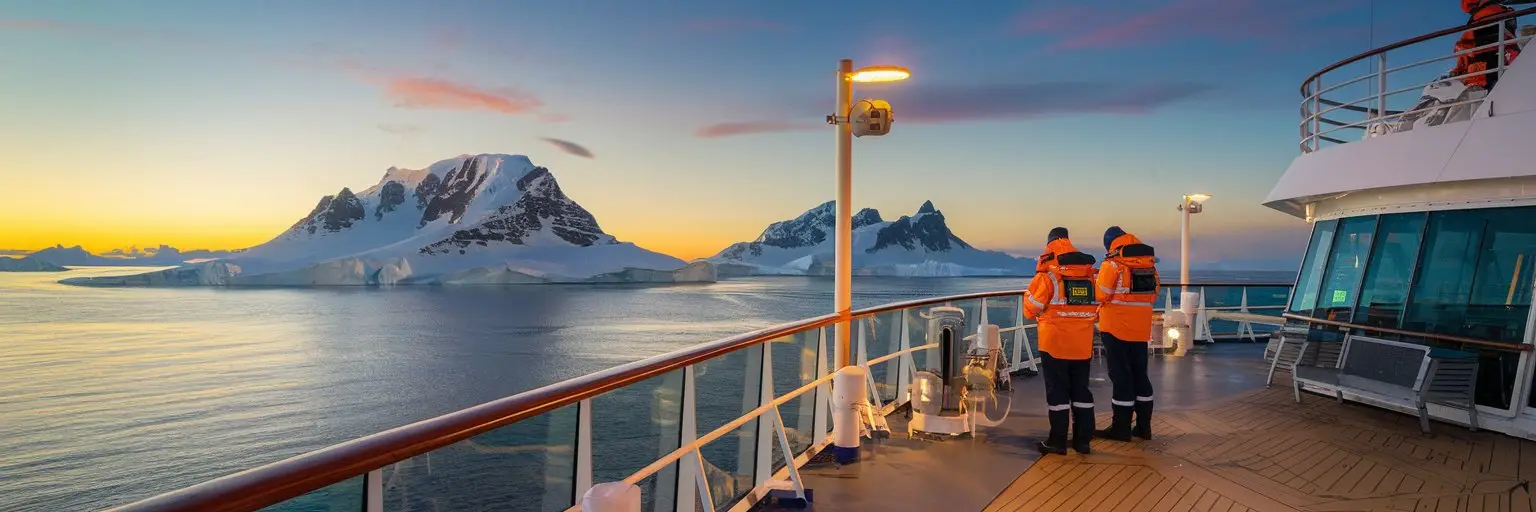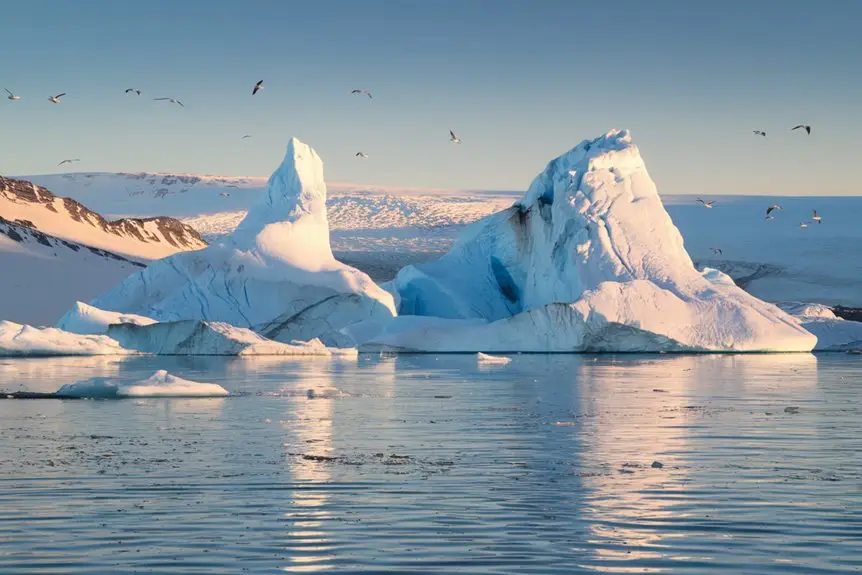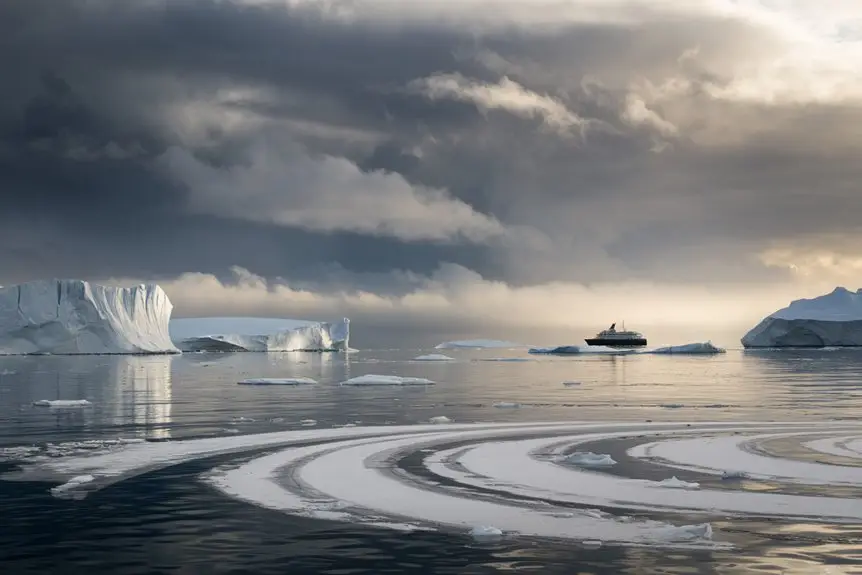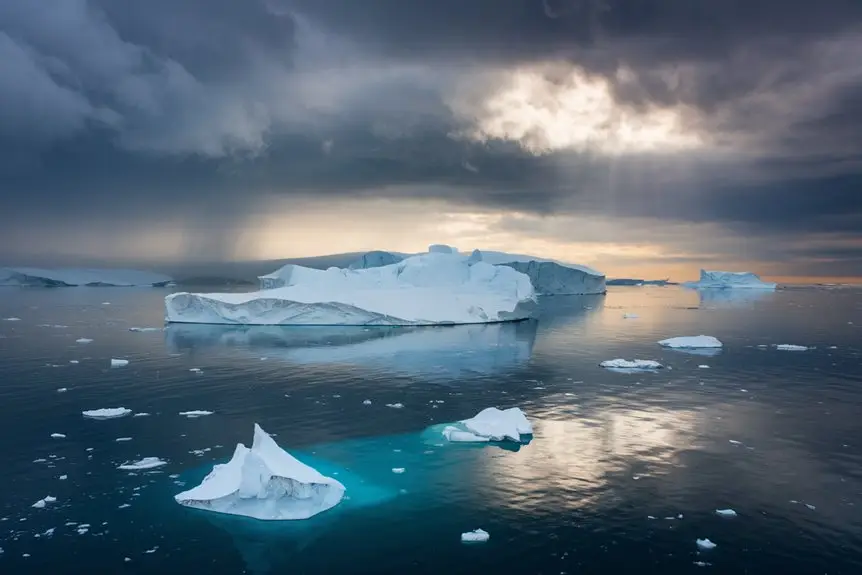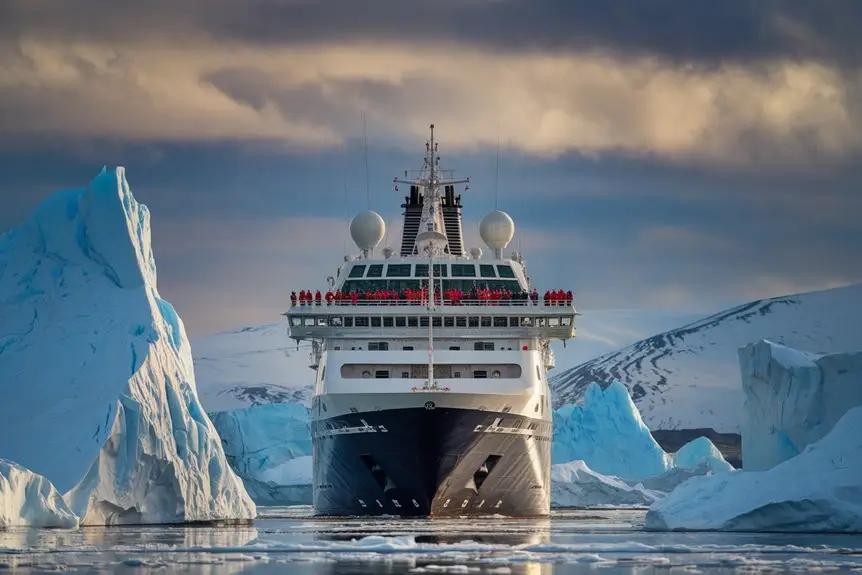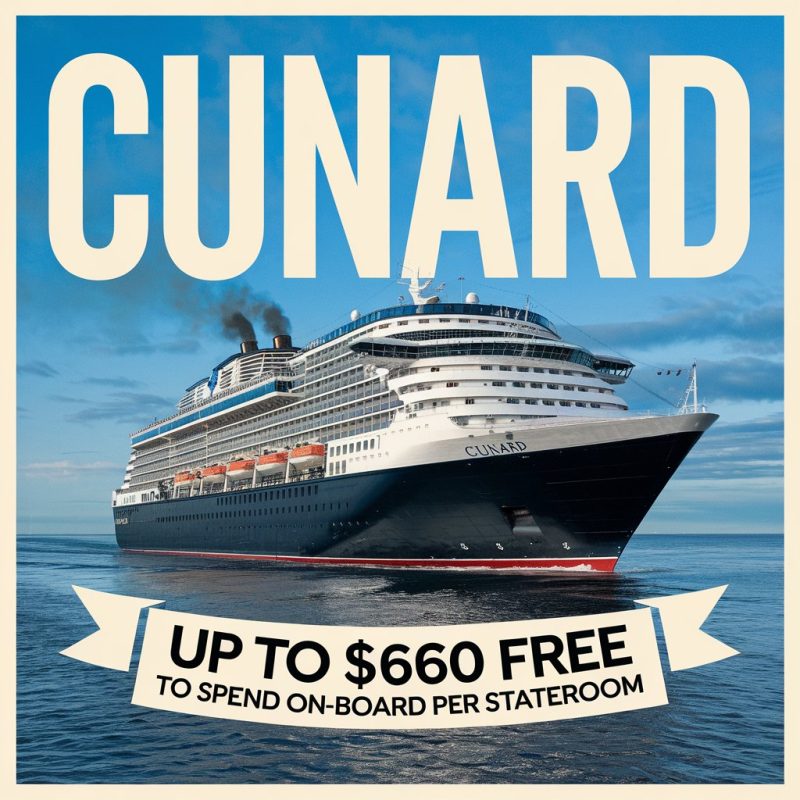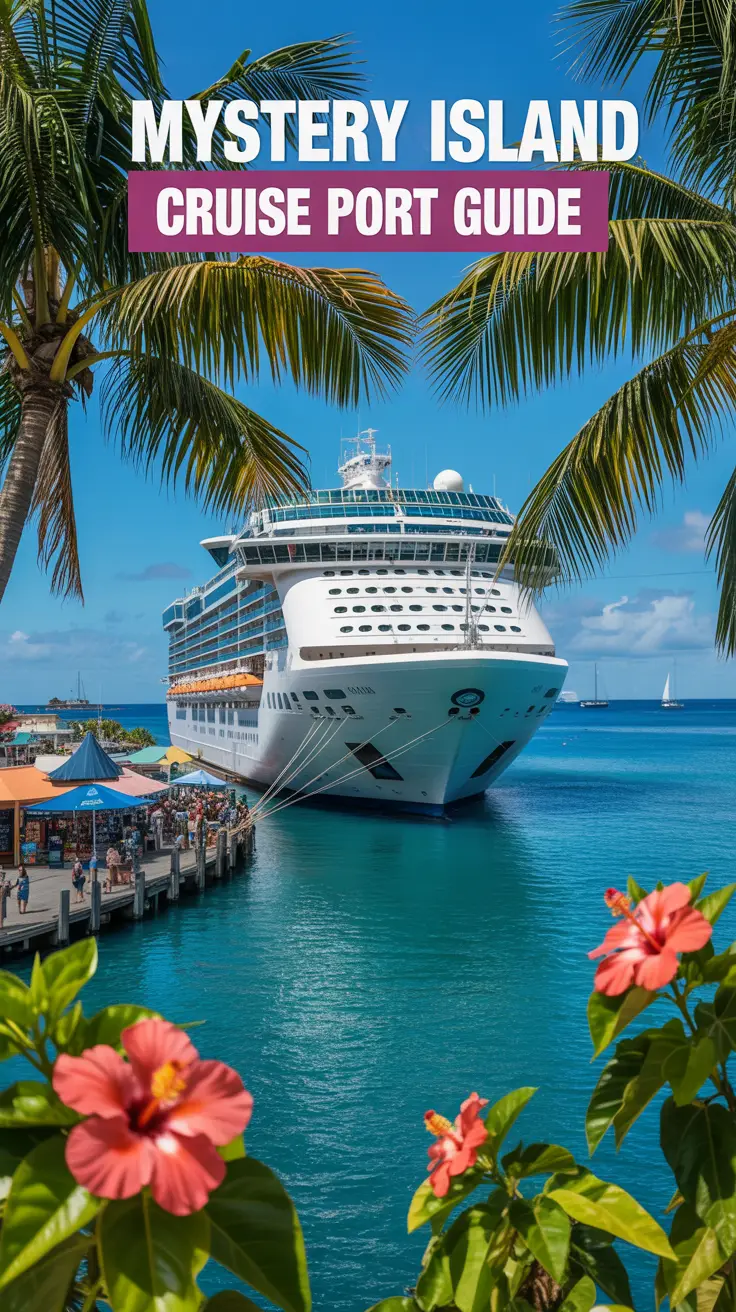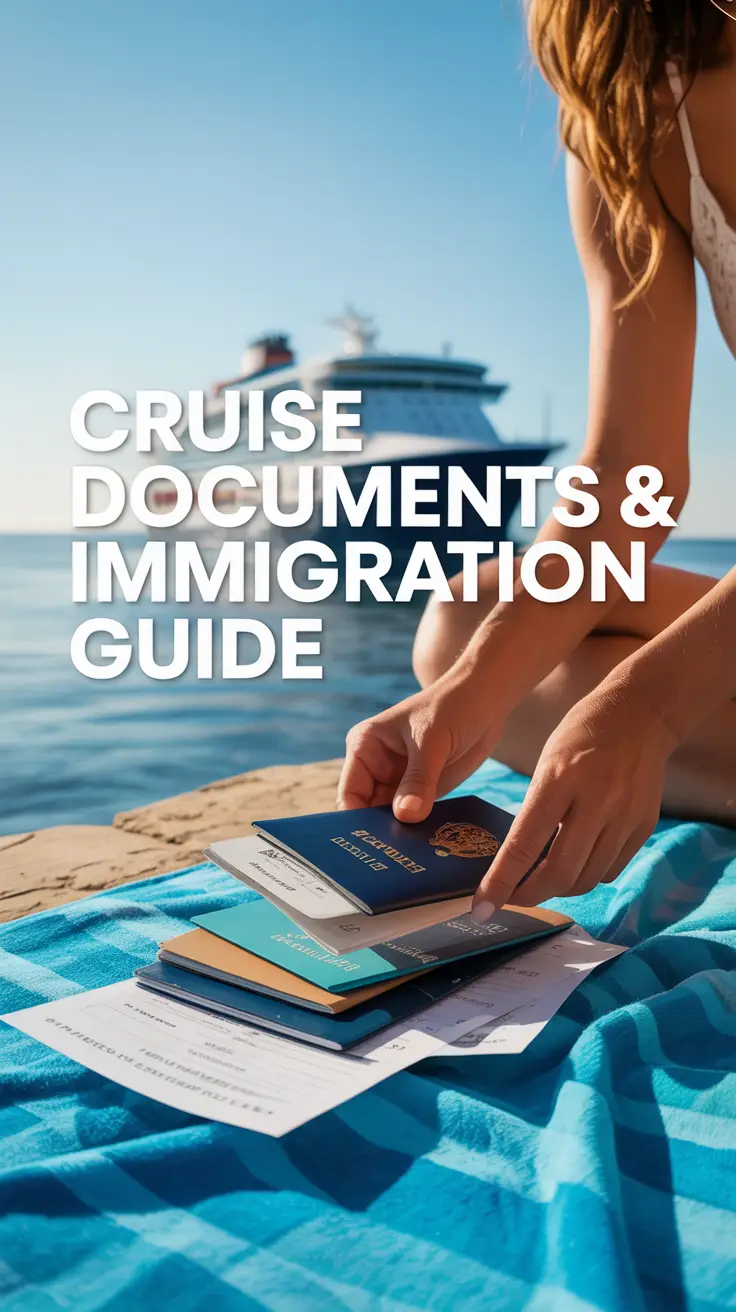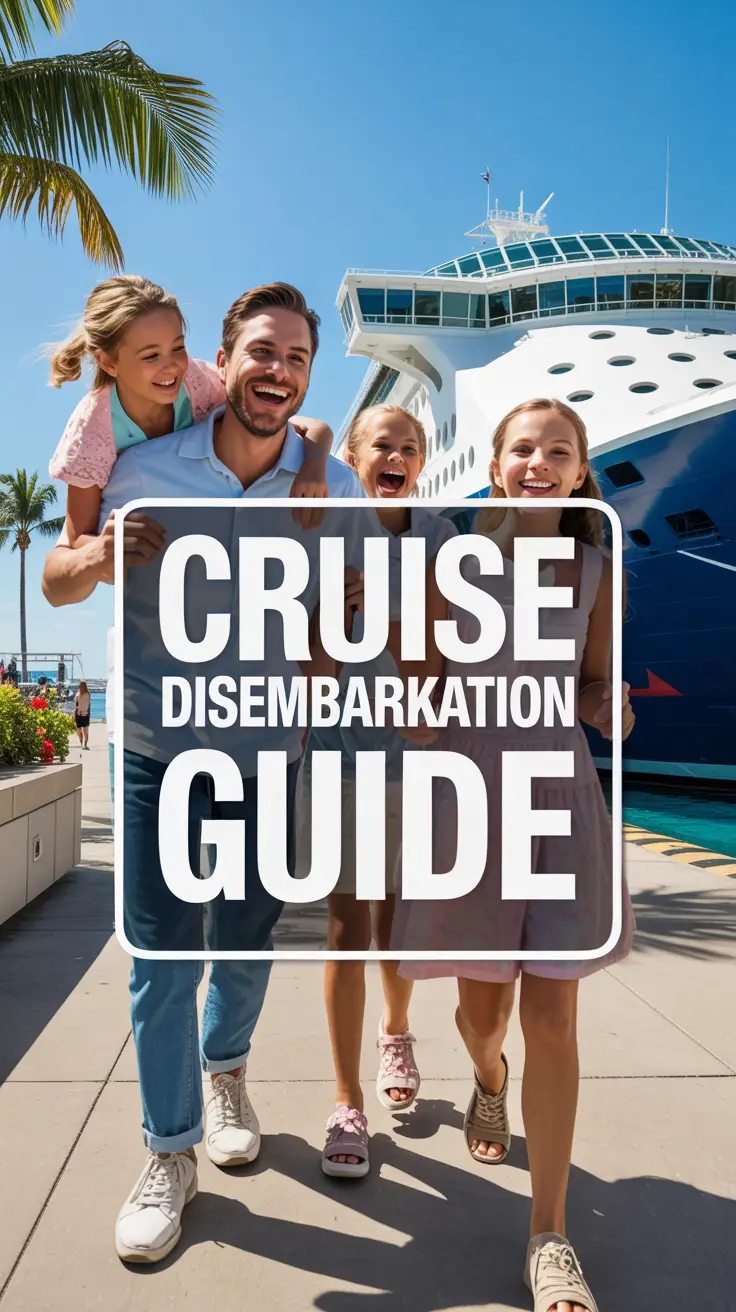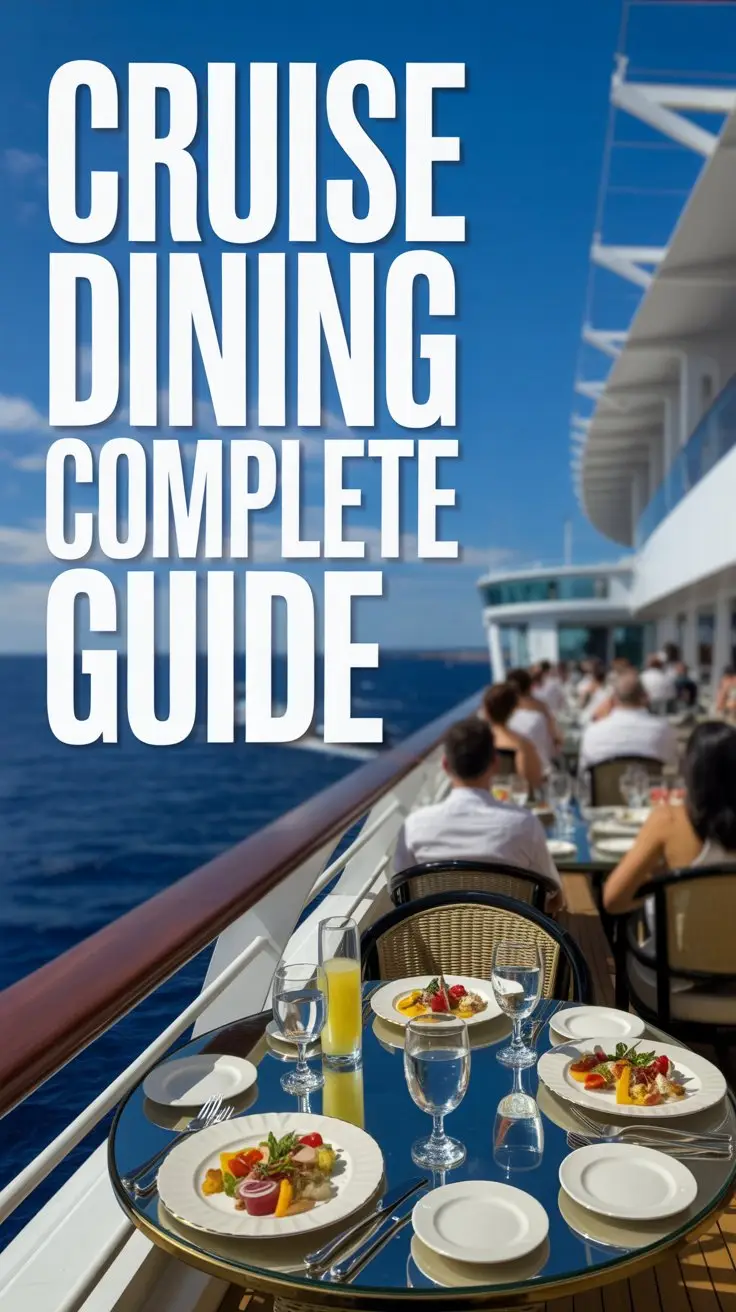You’ll find distinct cruising seasons for each polar region. Arctic cruises operate from May to September, with July and August offering the best wildlife viewing. For Antarctica, you can cruise between November and March when coastal temperatures reach 10°C with constant daylight.
Your clothing needs to work in layers for both destinations. The polar weather shifts quickly – you might experience mild conditions and extreme cold on the same day.
Want to see specific wildlife? Choose your timing carefully.
Arctic summer (July-August):
- Polar bears
- Whales
Antarctic summer (December-January):
- Penguin chicks
- Breaching whales
Each polar season brings its own highlights, so pick the time that matches your wildlife and weather preferences.
🐧 Polar Cruise Enquiry 🐻❄️
Our team of polar travel specialists have personally explored both the Arctic and Antarctic regions – from tracking polar bears in Svalbard to kayaking with penguins off the Antarctic Peninsula. Let us find the right polar expedition cruise for you.
Key Takeaways
Best Times to Travel:
You’ll find Arctic cruises running from May to September, with the best weather in July and August. For Antarctic trips, plan between November and March, with peak conditions in December and January.
You need three key clothing layers:
- Base layer – wicks away moisture
- Mid layer – keeps you warm
- Outer layer – protects from wind and water
Weather Patterns:
You should expect quick weather changes in the Arctic. Cold air meets warm ocean water to create sudden polar lows.
Temperature Guide:
You can experience coastal Antarctic temperatures up to 10°C in summer. Strong winds from the mountains can affect your sailing conditions.
Daylight and Sun Protection:
- Wraparound sunglasses
- SPF 50+ sunscreen
- UV-protective clothing
Best Times for Polar Cruising
Polar cruising operates in specific seasons for each hemisphere:
- Arctic: May to September
- Antarctica: November to March
Arctic peak times and highlights:
- July and August offer the warmest weather for exploring
- June to August gives you the best chances to spot polar bears, whales and walruses
- September cruises let you watch the Northern Lights
Antarctica’s best periods:
- December and January show you penguin chicks and seal pups
- February and March are perfect for whale watching
- November displays pristine snow and fresh icebergs
- Mid-December to mid-February provides you with warmest temperatures and longest daylight
The timing you choose depends on what you want to see.
Pick July-August for Arctic wildlife or December-January for Antarctic baby animals.
If you’re keen on whales, book your Antarctic trip in late summer (February-March).
Arctic Weather You Should Know
Understanding Arctic Weather
Your Arctic journey requires knowledge of key weather patterns. The Arctic’s weather changes rapidly, especially in autumn. You’ll experience temperatures ranging from mild to extreme cold, often within the same day.
The Arctic Ocean stays relatively warm at -1.8°C, while the air above can be much colder. This difference creates specific weather events:
- Polar lows: These storms develop quickly when cold air meets warmer ocean water. You’ll need to watch for these hurricane-like systems.
- Wind chill: Strong winds make temperatures feel much colder than they are. You should always check both actual and ‘feels like’ temperatures.
- Winter inversions: Cold air gets trapped near the ground, while warmer air sits above. You’ll notice this creates distinct temperature layers.
Your gear choices should match these conditions. Pack layers that you can add or remove quickly.
Watch weather forecasts daily, and be ready to adjust your plans when conditions change.
Antarctic Climate and Conditions
Antarctica’s climate varies dramatically between its coastal and inland regions.
You’ll experience temperatures ranging from 10°C near the coast to -89°C in the interior. The continent has only two seasons: summer (November-March) and winter (April-October). During summer at the South Pole, you’ll witness constant daylight for 24 hours.
You must watch for two major weather challenges: katabatic winds and blizzards. The winds can reach speeds of 200 km/h, while blizzards can reduce your visibility to under 100 metres.
Despite the harsh conditions, Antarctica receives little precipitation. The coastal areas get up to 1,000mm annually, but the interior remains notably dry.
The Antarctic Peninsula offers you the most manageable conditions. You can expect summer temperatures up to 18.3°C in this region, which explains why most cruise ships choose this route.
Packing for Extreme Elements
You need specific clothing and gear to stay safe on your polar cruise. Your clothing should work as three essential layers:
- Base layer: moisture-wicking materials
- Mid-layer: warm insulation
- Outer layer: waterproof protection
Key items for your polar journey:
- Protect your body parts:
- Waterproof boots for your feet
- Multiple glove layers for your hands
- Warm hat for your head
- Shield yourself from UV rays:
- Wraparound sunglasses
- Protective goggles
- Strong sunscreen (SPF 50+)
- Pack your adventure gear:
- Waterproof camera equipment
- Quality binoculars
- Dry bags for shore trips
Your ship essentials:
- Seasickness tablets
- Skin moisturiser
- Books or tablet for quiet times
Remember: Good quality gear will make your polar adventure more enjoyable. You’ll feel warmer, drier and ready to explore the polar regions in comfort.
Seasonal Wildlife Viewing Opportunities
Arctic Wildlife (June-September):
You’ll spot polar bears hunting near ice edges and walruses resting on beaches. Whales swim in the summer waters, whilst Arctic foxes and musk oxen wander the tundra.
The coastlines fill with nesting seabirds during these warmer months.
Antarctic Wildlife (November-March):
You’ll watch penguins care for their chicks and whales feed in the rich waters. Seals bask on Antarctic shores, and albatrosses glide overhead throughout the summer season.
Winter Viewing:
You’ll find fewer cruise options in winter due to harsh weather. The Arctic offers stunning northern lights displays, though wildlife becomes harder to spot. Arctic foxes wear their white winter coats, and in Antarctica, you can watch penguin chicks take their first swims.
Best Times to Visit:
- Arctic: Choose summer months for maximum wildlife activity
- Antarctica: Plan your trip during southern summer for the most diverse wildlife encounters
Frequently Asked Questions
How Do Polar Cruise Ships Handle Medical Emergencies in Remote Locations?
In a heart attack emergency on a polar cruise, your ship’s doctor will provide immediate medical care. The medical team will coordinate your evacuation whilst keeping you stable. Helicopters transport patients to the closest hospital, typically in Ushuaia, Argentina. You should note that emergency medical evacuations from polar regions can cost up to £120,000. Your travel insurance needs to cover these potential evacuation costs.
What Happens if Sea Sickness Occurs During Rough Polar Waters?
When seasickness hits you in polar waters:
- Take your anti-sickness tablets straight away
- Head to your cabin in the middle of the ship
- Look out at the horizon whenever possible
- Rest on your bed and keep your head still
- Contact the ship’s doctor if you feel very unwell
Quick tips:
- Sip water regularly to stay hydrated
- Eat plain crackers to settle your stomach
- Avoid reading or looking at screens
- Get fresh air on deck when it’s safe
- Keep warm and comfortable
Remember: Most seasickness symptoms pass within 48 hours as your body adjusts to the ship’s movement.
Are Polar Cruises Suitable for Passengers With Mobility Restrictions?
You’ll find polar cruises challenging if you have mobility restrictions. Ships provide accessible cabins, but you’ll need to manage specific activities like Zodiac boat transfers and uneven terrain landings. Your physical abilities will determine your participation level in shore excursions. Check with your cruise operator about the exact mobility requirements for your chosen route.
How Reliable Is Internet and Phone Connectivity During Polar Expeditions?
Internet and phone connectivity in polar regions is challenging but possible. You can access satellite internet during your expedition, though speeds remain slow and costs high. Your mobile phone will rarely find a signal, but satellite phones work reliably in most polar areas. You should plan for minimal online access and prepare offline alternatives for essential tasks. Remember to download maps, guides and important documents before your journey.
What Fitness Level Is Required for Participating in Polar Cruise Excursions?
Basic fitness is enough for polar cruise excursions. You need to be able to:
- Walk for 15-20 minutes at a time
- Step in and out of zodiac boats
- Navigate slightly rocky or snowy surfaces
- Keep your balance on moving vessels
You can skip any activities that feel too challenging, and the friendly crew will help you whenever needed. Many passengers of different fitness levels enjoy these cruises regularly.
Remember: Your comfort and safety come first, so do only what feels right for you.
🐧 Polar Cruise Enquiry 🐻❄️
Our team of polar travel specialists have personally explored both the Arctic and Antarctic regions – from tracking polar bears in Svalbard to kayaking with penguins off the Antarctic Peninsula. Let us find the right polar expedition cruise for you.

